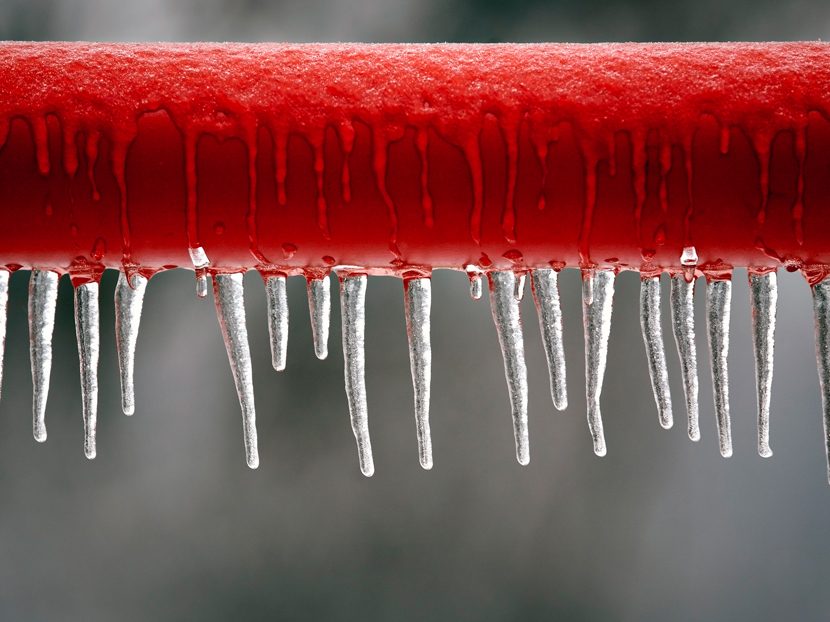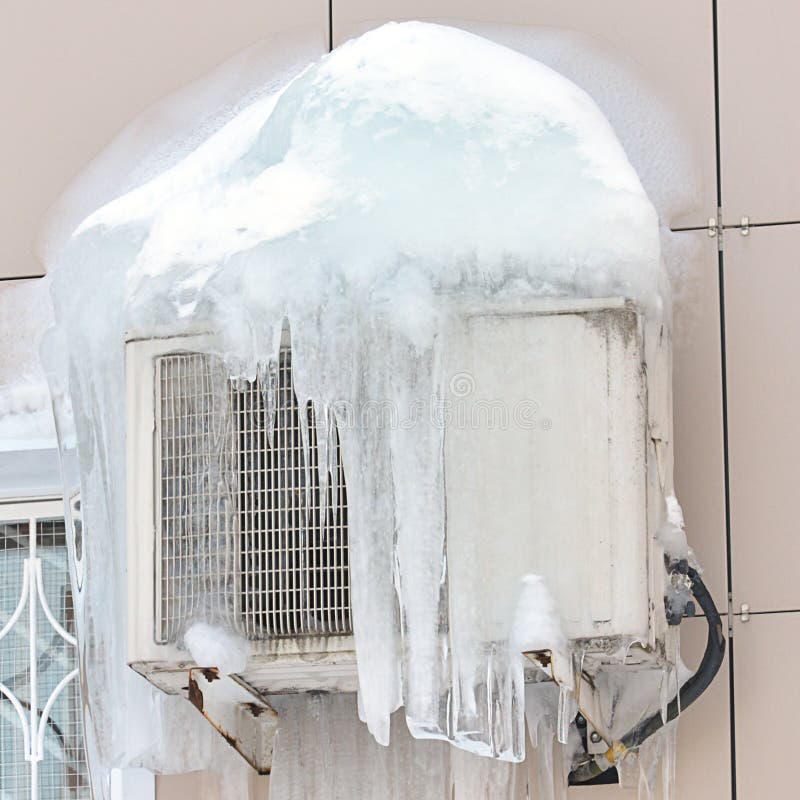How to Handle a Frozen AC Pipe - Critical Measures for Recovery
How to Handle a Frozen AC Pipe - Critical Measures for Recovery
Blog Article
Here below you might get a bunch of decent answers when it comes to Have a Frozen AC Line? Here’s How to Fix It.

Introduction
Uncovering that your AC pipe is frozen can be concerning, especially throughout hot summer season when you count on your ac system one of the most. Comprehending what to do in such a situation is important to prevent more damage to your air conditioning system and ensure your comfort indoors.
Recognizing the Causes
Numerous elements can add to the cold of an AC pipeline. Comprehending these causes can assist you address the concern efficiently.
Absence of Airflow
One common source of a frozen a/c pipe is inadequate airflow. When the air flow over the evaporator coil is restricted, it can trigger the coil to drop below freezing temperature level, leading to ice development on the pipeline.
Low Refrigerant Levels
Not enough refrigerant degrees in your AC system can likewise cause a frozen pipeline. Low cooling agent levels can trigger the stress in the system to drop, causing the cold of dampness on the evaporator coil.
Winter Conditions
In colder climates, freezing temperature levels outside can add to the freezing of AC pipelines. If your AC unit is not appropriately protected or if there are leakages in the ductwork, cold air can penetrate the system, causing the pipe to ice up.
Dirty Air Filters
Dirty or stopped up air filters can limit airflow in your air conditioning system, bring about various problems, consisting of a frozen pipe. It's vital to replace or clean your air filters regularly to make sure correct air movement and prevent ice accumulation.
Indications of a Frozen A/c Pipe
Identifying the indicators of a frozen air conditioning pipeline is critical for punctual action.
Minimized Airflow
If you see a substantial decline in air movement from your vents, it can show a frozen pipe.
Ice Buildup on the Pipe
Visible ice build-up on the cooling agent line or the evaporator coil is a clear indication of a frozen AC pipeline.
Weird Sounds from the Unit
Uncommon audios, such as hissing or gurgling, originating from your air conditioner system can indicate that there's ice present on the pipe.
Immediate Actions to Take
When faced with a frozen air conditioning pipe, it's important to act swiftly to avoid further damages to your air conditioning system.
Switching off the air conditioner
The primary step is to shut off your air conditioner to stop the system from running and worsening the problem.
Checking for Blockages
Inspect the area around the interior system for any type of obstructions that may be obstructing air flow, such as furniture or curtains.
Thawing the Pipe
You can use gentle approaches like positioning towels soaked in warm water around the icy pipeline to aid thaw it gradually.
Preventive Measures
Taking preventive measures can help stay clear of future incidents of a frozen AC pipeline.
Regular Maintenance Checks
Set up routine upkeep contact a specialist HVAC technician to make sure that your air conditioner system is running effectively.
Transforming Air Filters
On a regular basis change or clean your air filters to prevent air flow restrictions and keep optimum efficiency.
Insulating Exposed Pipes
If your AC pipes are exposed to chilly temperature levels, take into consideration protecting them to stop freezing throughout winter season.
Looking For Professional Help
If DIY methods stop working to resolve the problem or if you're unclear regarding how to proceed, it's ideal to seek aid from a certified HVAC professional.
When DIY Methods Fail
If your efforts to thaw the pipeline or address various other issues are unsuccessful, it's time to call an expert.
Significance of Hiring a Professional HVAC Technician
A qualified HVAC professional has the experience and devices necessary to diagnose and fix problems with your AC system safely and effectively.
Verdict
Managing a frozen a/c pipeline can be an aggravating experience, however recognizing exactly how to react can help reduce damage and bring back convenience to your home. By recognizing the causes, acknowledging the indications, and taking timely activity, you can successfully address the concern and prevent future occurrences.
What to Do If Your AC Line Is Frozen
Make Sure All Supply and Return Air Vents Are Open
If you notice problems with airflow, the first thing you should do is check your supply and return vents. Supply vents distribute clean, conditioned air throughout your home. As this air becomes stale, it’s pulled into the return vent, where it’s reconditioned before being sent back out through the supply vent.
When these vents are closed, air won’t flow in the home. Before examining your AC, check the vents in every room and ensure they’re all open.
Check for a Dirty Air Filter
Another possible cause of limited airflow is a dirty air filter. Your air conditioner’s filters catch elements you don’t want to breathe in, such as dirt and dust. Over time, filters can become clogged, ultimately blocking air from flowing in and out. The lack of airflow can then cause the entire coil to freeze and will completely restrict any air from moving through it. The AC may need to be powered off for one to two days to allow the coil to thaw after replacing the filter to allow proper functioning of the unit. This debris can also accumulate on your AC’s evaporator coil, requiring a more serious repair. In general, air filters should be cleaned regularly (about every two weeks).
Assess Your Outdoor Unit
In addition to checking your AC, assessing the outdoor unit is a good idea. Also known as the condensing unit, it works with your interior unit to release heat outside. An issue with the outdoor unit can result in rising internal temperatures.
Overgrown Shrubs or Clogged Leaves
From leaves and twigs to shrubs and debris, there’s no shortage of outdoor elements that can accumulate around your condensing unit. When these elements get lodged inside the unit, they can block airflow. Fortunately, removing the blockage can solve the problem.
Sounds of a Broken Fan
Shrubs and leaves aren’t the only things that can impede your outdoor unit’s airflow. If the fan is broken, the unit won’t be able to properly get rid of heat — which means the internal temperature won’t go down. First, make sure the fan is spinning. If it is, check for the following sounds of a broken fan:
Buzzing Rattling Screeching Hissing Clicking Preventative Measures
Nobody wants to deal with a frozen AC line. In addition to causing problems with your air conditioner, they require professional repairs. On the bright side, there are preventative measures you can take to help ensure this issue doesn’t arise in the first place.
https://www.coopergreenteam.com/blog/what-to-do-if-ac-line-frozen

We are very serious about Have a Frozen AC Line? Here’s How to Fix It and I hope you enjoyed the entire blog entry. Are you aware of somebody who is interested in the niche? Why not promote it. Thank you for taking the time to read it.
Book Service Now Report this page